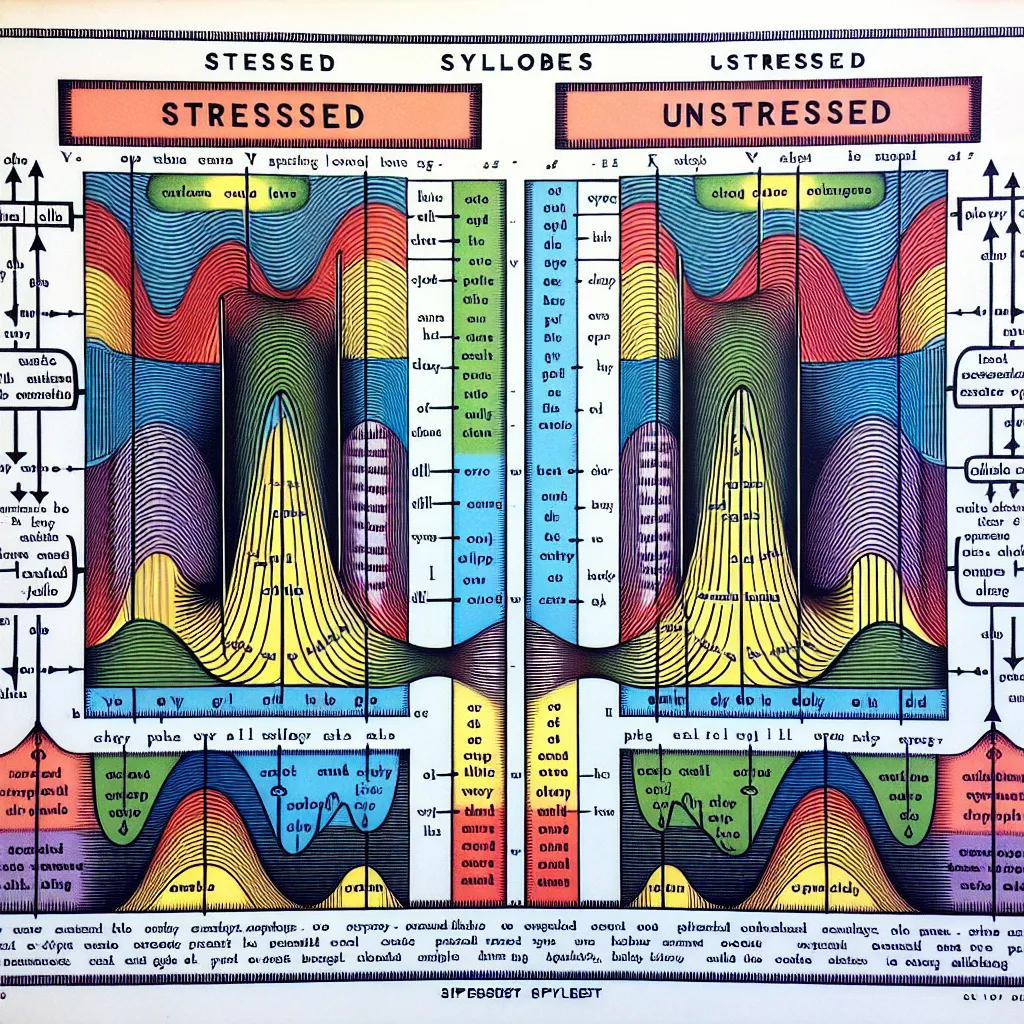Are you struggling with pronouncing English words that have a silent ‘M’? You’re not alone. Many English learners find this aspect of pronunciation challenging. In this comprehensive guide, we’ll explore how to master the pronunciation of words with silent ‘M’ and improve your overall English speaking skills.
Understanding Silent Letters in English
Silent letters are a common feature in English pronunciation. They are letters that appear in the spelling of a word but are not pronounced. The silent ‘M’ is one such example, and understanding how to handle it can significantly enhance your pronunciation skills.
The Concept of Silent ‘M’
The silent ‘M’ typically occurs at the beginning of words, usually before the letter ‘N’. This combination often produces a sound where the ‘M’ is not audibly pronounced, but it still influences the overall pronunciation of the word.
 Silent M Concept
Silent M Concept
Common Words with Silent ‘M’
Let’s look at some frequently used words that contain a silent ‘M’:
- Mnemonic
- Mnemonics
- Mnemotechnics
- Mneme
Techniques for Pronouncing Words with Silent ‘M’
1. Focus on the Following Sound
When encountering a word with a silent ‘M’, shift your focus to the sound that follows it. For example, in “mnemonic,” concentrate on pronouncing the ‘N’ sound at the beginning.
2. Practice Tongue Placement
The ‘M’ sound is typically made by pressing your lips together. For words with a silent ‘M’, avoid this lip movement and instead place your tongue in the position for the following sound.
3. Listen and Repeat
One of the most effective ways to master silent ‘M’ pronunciation is through listening and repetition. Use resources like online dictionaries with audio pronunciations to hear how native speakers pronounce these words.
Common Mistakes and How to Avoid Them
Mistake 1: Pronouncing the ‘M’
Many learners mistakenly pronounce the ‘M’ in words like “mnemonic.” Remember, the ‘M’ is silent, so the word should sound like “nuh-MON-ik.”
Mistake 2: Overcompensating
Some learners, aware of the silent ‘M’, might overcompensate by emphasizing the following sound too much. Aim for a natural, flowing pronunciation.
The Phonemic Chart and Silent ‘M’ Words
Understanding the International Phonetic Alphabet (IPA) can be incredibly helpful when dealing with silent letters. Here’s how some common silent ‘M’ words are represented in IPA:
- Mnemonic: /nɪˈmɒnɪk/
- Mnemonics: /nɪˈmɒnɪks/
- Mnemotechnics: /ˌniːməʊˈteknɪks/
Notice how the ‘M’ is not represented in the phonetic spelling, indicating its silence.
Practical Exercises for Mastering Silent ‘M’ Pronunciation
- Word Lists: Create lists of words with silent ‘M’ and practice them daily.
- Tongue Twisters: Try this one: “No need for mnemonics, the pneumatic drill is noisy.”
- Reading Aloud: Find texts that include words with silent ‘M’ and practice reading them aloud.
 Silent M Exercises
Silent M Exercises
Conclusion
Mastering the pronunciation of English words with a silent ‘M’ takes practice and patience. By understanding the concept, focusing on the correct sounds, and avoiding common mistakes, you can significantly improve your pronunciation skills. Remember, consistent practice is key to becoming confident in your English speaking abilities.
For more pronunciation tips, check out our guide on how to pronounce English words with silent S. You might also find our article on pronunciation tips for effective communication helpful in your language learning journey.
Keep practicing, and soon you’ll be pronouncing words with silent ‘M’ like a native speaker!




